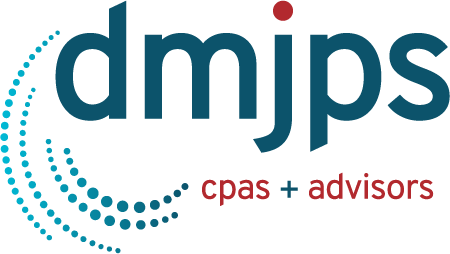Effective for tax years beginning after 2021, all research and experimental (R&E) expenditures paid or incurred in connection with a trade or business are required to be capitalized and amortized for tax purposes. This was a revenue raising item in the Tax Cuts & Jobs Act of 2017 but had a delayed effective date. Many policy and industry experts believe that Congress will delay or repeal this requirement, but there has not been any action thus far, even though there is bipartisan support for postponing it.
Section 174 of the Internal Revenue Code requires taxpayers to capitalize and amortize all R&E expenditures and software development costs paid or incurred after 2021 over five years (15 years for foreign research). Previously, taxpayers could immediately deduct R&E and software development expenses as incurred and, therefore, many taxpayers did not segregate these costs from other ordinary and necessary business expenses. It is now important to segregate these costs in order to ensure compliance.
What are R&E Expenditures?
If you are performing any of the following activities, you likely have R&E costs:
- Developing or designing new or improved products or processes. This only needs to be new or improved to you, not the industry at large.
- Designing or developing software.
- Have engineers and/or developers in-house developing solutions for customer challenges.
- Improved internal processes for efficiencies within your company utilizing engineering.
- Have patents or provisional patents.
The list above is not all inclusive. R&E expenditures are intended to discover information that would eliminate uncertainty regarding the development or improvement of a product, process, software, technique, formula, or invention that is held for sale, lease, license, or used in a trade or business. Uncertainty relates to the capability, methodology, or design of a new or improved product. The ultimate success, failure, sale or use of the product is not relevant to a determination of R&E expenses.
Examples of R&E Expenditures:
- Gross salaries and wages and other payroll costs
- Computer rental or leases
- Contract research costs
- Direct and indirect supply costs
- Occupancy costs such as utilities, depreciation, or rent
- Any other overhead expenses related to research or experimental activities
R&E Expenditures and the Credit
If you have claimed the R&E (sometimes referred to as Research & Development (R&D)) tax credit in prior years, you will also need to capitalize and amortize your Qualified Research Expenditures (QREs) used to determine the credit. You may also have additional expenses that do not qualify for the R&E credit that are nevertheless R&E costs that are required to be capitalized and amortized. Taking a closer look at your R&E expenses could identify an opportunity to claim an R&E tax credit, which would help offset the additional tax incurred related to capitalizing R&E expenses. We can assist with this analysis and help determine if you are eligible for the R&E tax credit.
If you have additional questions regarding research and experimental costs and the requirements to capitalize and amortize them, please contact DMJPS.
For a printer-friendly version, CLICK HERE.

